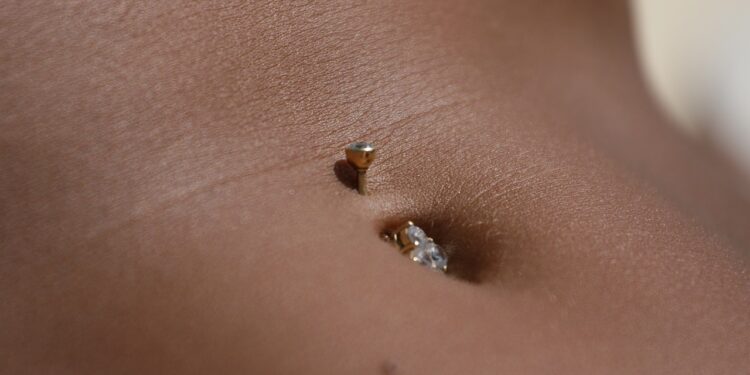As the name implies, umbilical hernia is a type of hernia that is particular to infants, especially those who are born prematurely or have a very low weight at birth. This condition affects about 15 to 23% of newborns. However, this condition affects women, especially those who are pregnant or have given birth multiple times. Let us look at the symptoms and causes of umbilical hernia in children.

The Umbilicus
The umbilicus AKA the belly button, is located at the center of the abdomen. This typically small round depression is a site where the umbilical cord was attached to the baby during fetal development.
Before you were born, the umbilical cord was basically your lifeline. Basically, this means that the umbilical cord connects you to your mother and gives you all the oxygen and nutrients that you need to grow. Plus, it also gets rid of waste.
However, when you are born, the doctor cuts the cord off and what’s left of the cord dries up and falls off, leaving behind what you know now as the belly button. The hole that the cord passes through, called the umbilical ring, usually closes as the body heals.
Most of the time, that hole, also known as the umbilical ring in the belly button area, closes on its own as the muscle gets stronger. But if it doesn’t close properly, or if the muscles around the area are weak, part of the intestine pushes out through the opening and creates a bulge. This is what we call an umbilical hernia.
Types of Umbilical Hernia
At the start of the article, we made mention that umbilical hernia is particular to infants. However, it does occur in adults, which means that umbilical hernia are two types, namely; infant umbilical hernia and adult umbilical hernia.
Infant umbilical hernia: This happens when the baby’s belly muscles don’t fully close after they are born. This leaves a small opening close to the belly button, which allows part of the intestine to poke out, making a bulge. You usually notice it when the baby cries. But the only good news is that these hernias aren’t painful and usually fix themselves by the time the baby turns 1 or 2.
Adult umbilical hernia: For adults, this hernia happens when the muscle around the belly button is weak, which causes the tissues or part of the intestine to push out. The bad news is that these hernias need surgery to fix them.
Incarcerated & strangulated umbilical hernia: An incarcerated hernia happens when the bulged tissues get stuck in the umbilical ring and cannot be pushed back in. While a strangulated hernia is worse because the tissue trapped in the hole loses its blood supply, which causes pain and can be even more dangerous.
Symptoms of Umbilical Hernia
- Bulge near the belly button
- Swelling around the navel
- Pain, especially when coughing or straining
- Tenderness around the hernia
- Nausea or vomiting
- Constipation or difficulty passing gas
Causes of Umbilical Hernia
Umbilical hernia happens for different reasons, both in adults and in babies. One of the major causes of this is genetics. Some people are just born more likely to have an this hernia.
For adults, pregnancy, being overweight or even having a bad cough can increase the pressure on the stomach and make hernia more likely. Overtime, it is possible for the muscles in the abdomen to get weak, which makes it easier for tissues or the intestine to push through the umbilical ring.
While in babies, if they have a low weight at birth or they are born prematurely, the muscles around their belly might not have developed fully, which increases their chances of getting a hernia.
Conclusion
The thing about this hernia is that most people don’t know that you have it unless their belly button begins to hurt or it begins to grow bigger than usual.
Remember, “a stitch in time saves nine”. So when you observe something like that in both yourself or your child, it’s important that you go in for a checkup. If you notice things like nausea, vomiting, fever, or even a redness around your belly button, it could be a sign that something is seriously wrong and you need medical assistance as soon as possible.
















